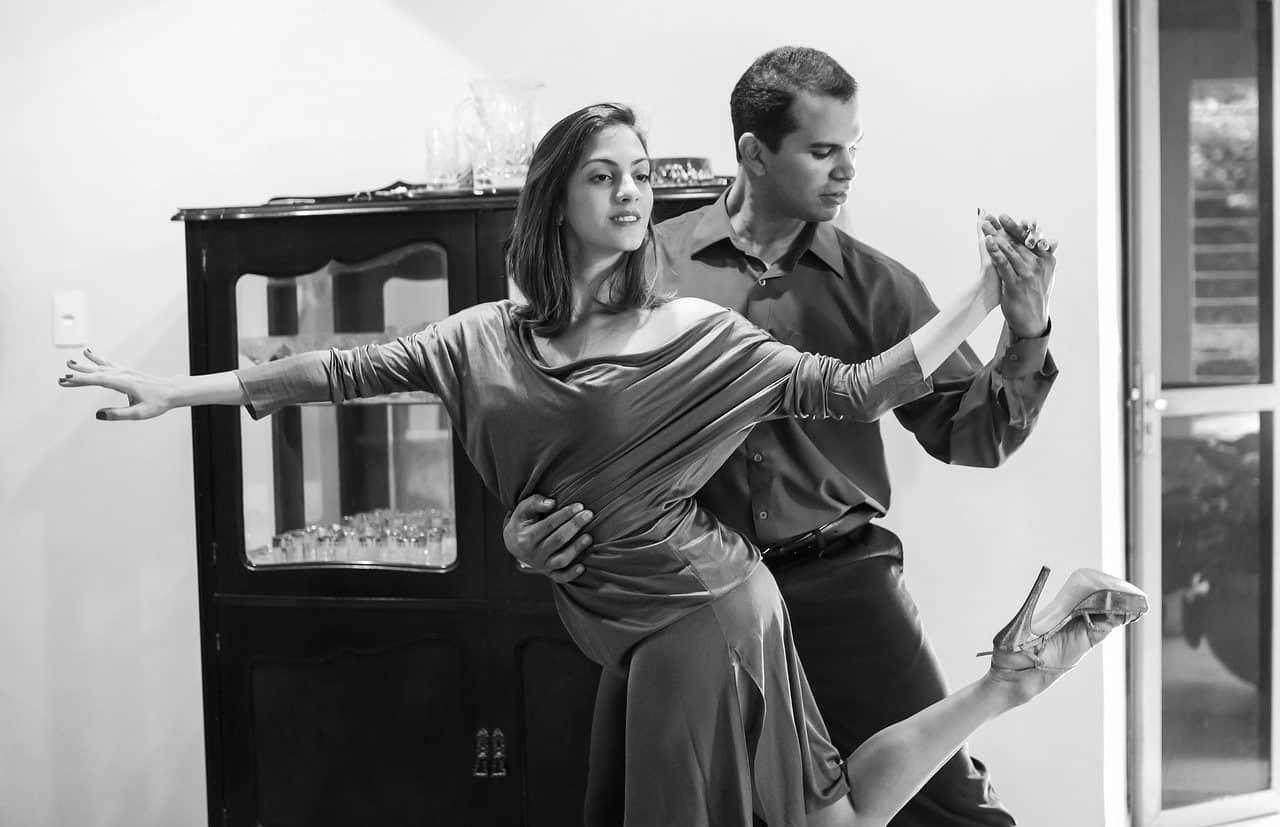
Bolero is a slow-paced musical genre.
The bolero is a slow- paced musical genre that emerged in Cuba in the mid- 19th century . It can be danced and is characterized by the melancholy of its lyrics and its two-by-four rhythm.
In his first stage his songs were performed in clubs and bars, although later he consolidated his romantic style and became very popular as music for the development of serenades.
History of the bolero
José Vivanco Sánchez , alias "Pepe" , is considered one of the pioneers of the bolero. Chavela Vargas , Javier Solís , Alfredo Sadel and Lucho Gatica are other great exponents of the first stage of this genre .
Although from 1960 the bolero lost popularity, at the end of the 20th century it began to recover thanks to singers such as Luis Miguel , Cristian Castro and Alejandro Fernández and composers such as Armando Manzanero .
It should be noted that, in its historical development , the bolero gave rise to several subgenres, such as the bolero ranchero (which is combined with the ranchera music of Mexico ) and the bolero son (influenced by the son of Cuba ).

The bolero is danced as a couple.
The dance
Given the slow pace of its rhythm, the bolero is ideal for couples who do not have much skill to dance or to enjoy it at parties or intimate evenings. Learning the basic steps is not difficult although, since it is music, it requires memorization, coordination and, once everything is internalized, constant practice until good performance is achieved.
There are many courses, both free and paid, in which it is possible to learn to dance bolero in large groups, something that may seem overwhelming to the shyest but is very beneficial to break the ice and finally let yourself be carried away by the music . One of the main characteristics of this dance is that the feet must almost always remain glued to the ground, meaning that it does not require the execution of acrobatics or jumps, and the hips always move following the beat.
The list of bolero steps is extensive, although learning the basics is enough to start enjoying this dance; the others are: square, basic diagonals, small turn, forward swing, backward swing, partner turns, advanced, straight swing, girl's cross, cross, small drop, backwards dance and backwards swing.
In the basic step, for example, the movements of each member of the couple must be mirrored, so if one moves one foot forward, the other must move the opposite foot backwards. This dance gives rise to a large number of variations, which can be learned or improvised, depending on the degree of skill and creativity.
Other meanings of bolero
In Spain , the bolero is a dance with a moderate tempo and ternary rhythm that can be danced alone, as a couple or in groups of couples. This dance is considered an evolution of the seguidilla .
The Italian composer Gioacchino Rossini , considered one of the greatest of all time along with names of the stature of Wolfgang Amadeus Mozart and Ludwig van Beethoven , published in 1835 a series of works among which is a titled "Bolero" , currently sung by the acclaimed Italian mezzo-soprano Cecilia Bartoli . The book in which we can find the score is called "Les soirées musicales" , which we can translate as "The musical evenings" , and has the subtitle "Huit Ariettes et Quatre Duos Italiens" ( "Eight arietas and four Italian duets") .
Beyond music , the term bolero can refer, depending on the geographical region, to a lying subject, a shoeshine boy , a type of hat , a toy and a piece of clothing .
